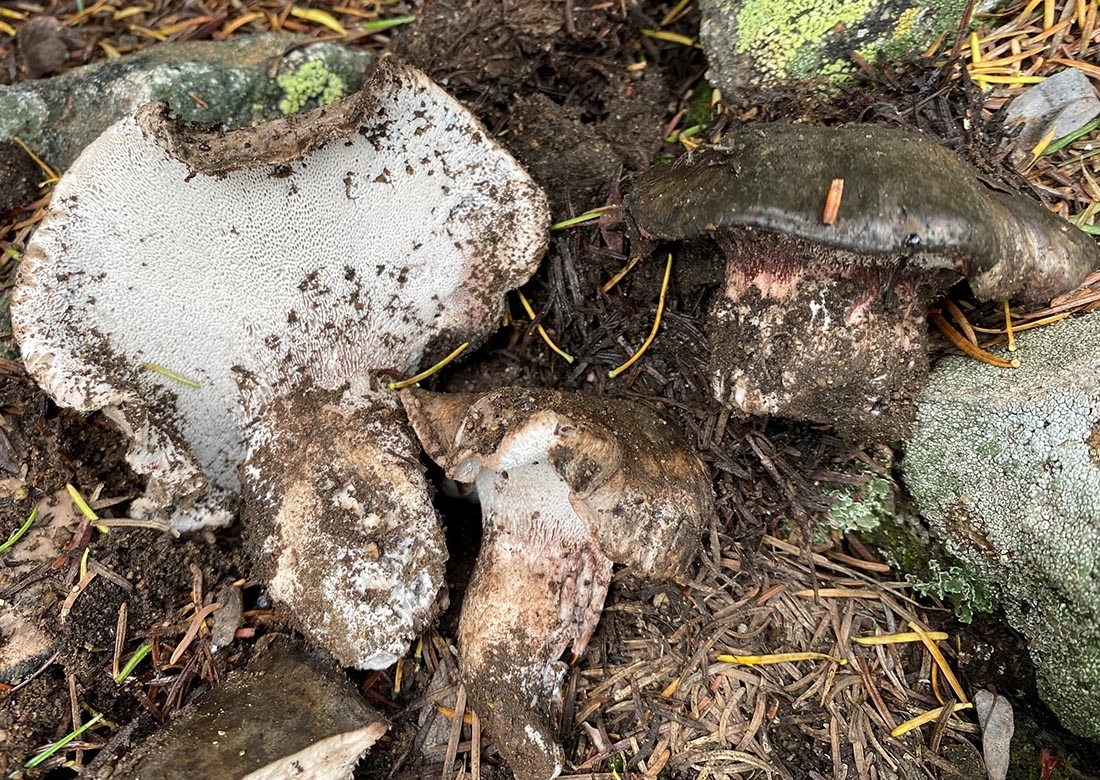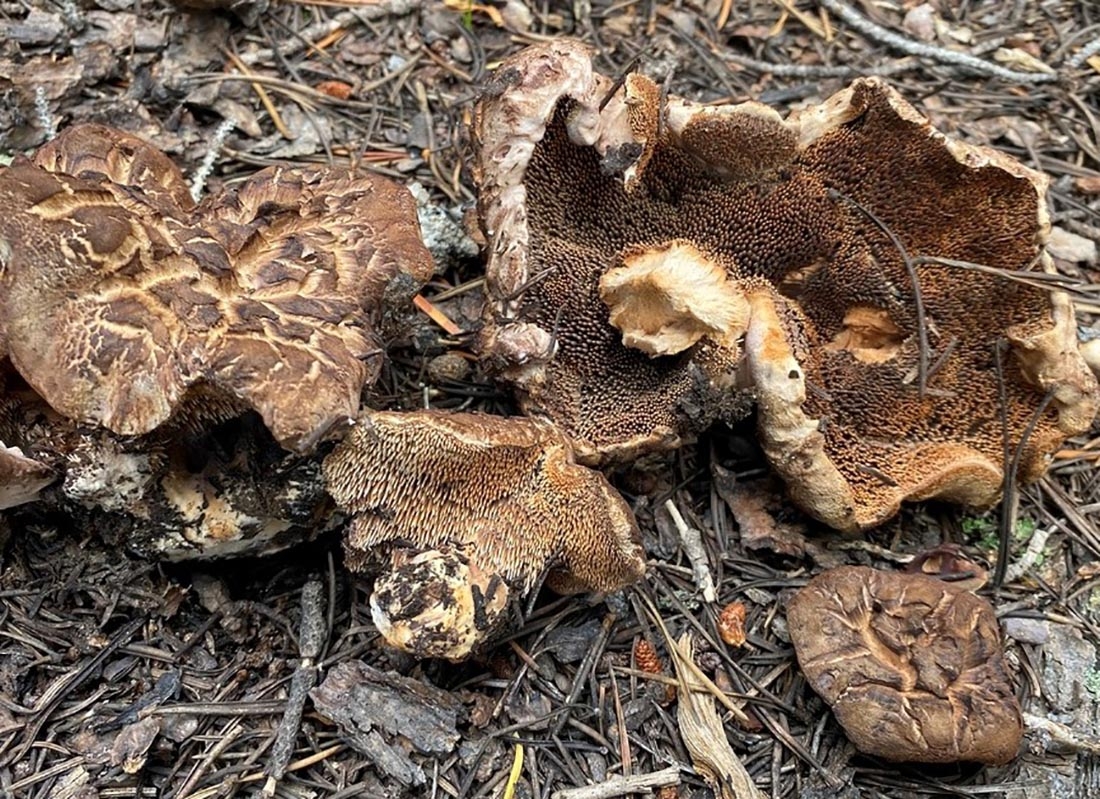Cryptic Fungal Diversity in Sam Mitchel Herbarium of Fungi & Beyond
Attaching an appropriate species name to a mushroom can be a surprisingly challenging task. Like most organisms, fungi have been primarily classified by their morphology, the physical characteristics of their different structures. However, their relatively simple forms and sometimes variable characters can make identifications difficult. Additionally, a lack of appropriate resources for identification has resulted in many specimens being left unidentified, and a significant number of misidentifications in herbaria and other natural history collections. In Denver Botanic Gardens’ Sam Mitchel Herbarium of Fungi (SMHF), we are working hard to resolve many of these issues.
My work as a master’s student is focused on investigating the diversity of species in the fungal family Bankeraceae represented in western North America. In Colorado, these mushrooms can be found throughout the summer season in a variety of forest types. They are ectomycorrhizal, meaning they form a specific type of symbiotic association with woody plants, primarily in the pine (Pinaceae) and beech (Fagaceae) families. In our region, Bankeraceae is represented by the genera Hydnellum, Sarcodon, Phellodon and Boletopsis. The first three have a hydnoid morphology—meaning they have small spines or teeth instead of gills—while Boletopsis resembles the genus Boletus, with a boletoid morphology (see pretty pictures below).
This family is known to contain many rare and uncommon species, as well as some with occurrences reported as declining in different regions across the world. Still, many species remain poorly documented, and the resources needed for identifying them are incomplete or nonexistent in regions. By assessing nearly 700 herbarium specimens from four herbaria (SMHF, Oregon State, University of Michigan and Burke Herbarium) representing all reported species in the west, I aim to provide insight into which species are present, where they occur, and how names are being applied to them. To do this, I am attempting to generate DNA barcode data from all 700 specimens. This will provide a foundation for exploring how their morphological and ecological traits, as well as distributions, are structured within species groupings. Several potentially unique or undescribed species have been preliminarily recognized from my data, however further work is needed to determine the true identity of these specimens.
My hope is that this will contribute to further research, documentation and conservation of this interesting fungal family. Anyone wanting to contribute, if you happen to see any similar looking mushrooms around the mountains this summer, please send me an email and/or post photos to iNaturalist.
This article was contributed by Justin Loucks, mycology assistant.
Gallery



Add new comment